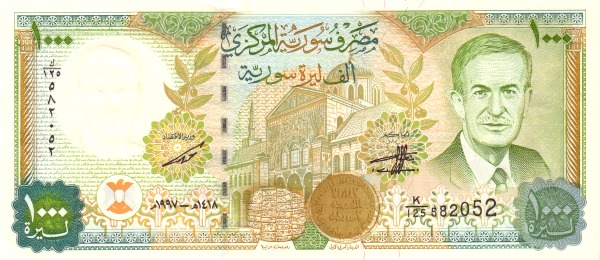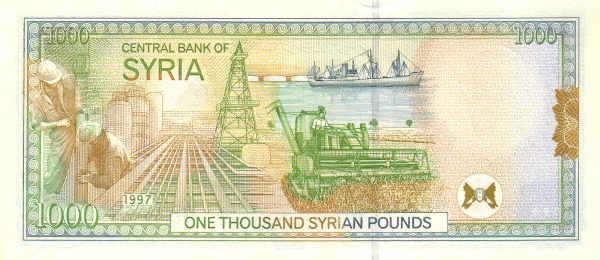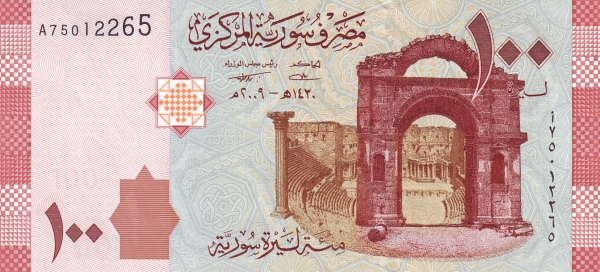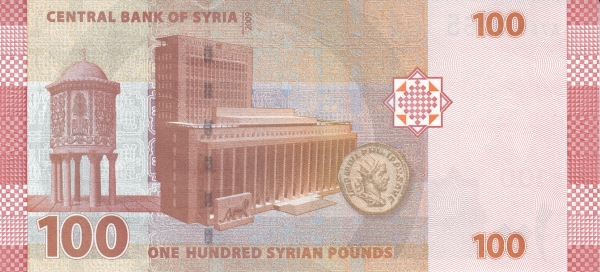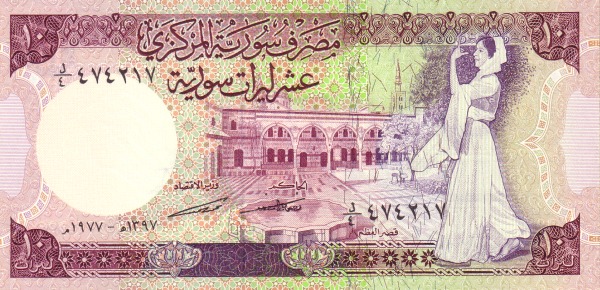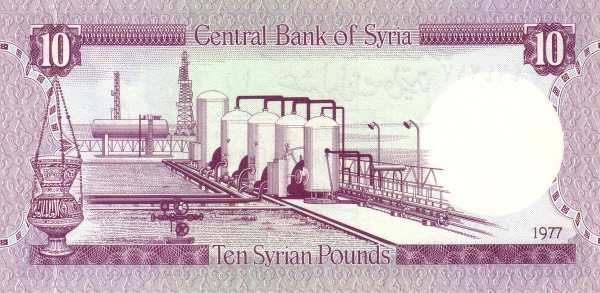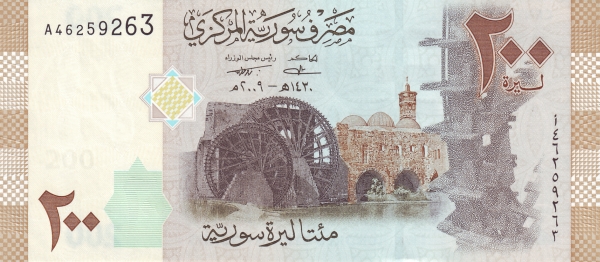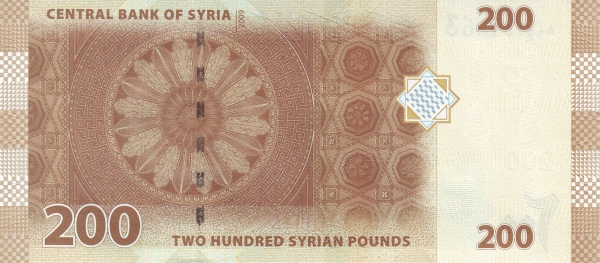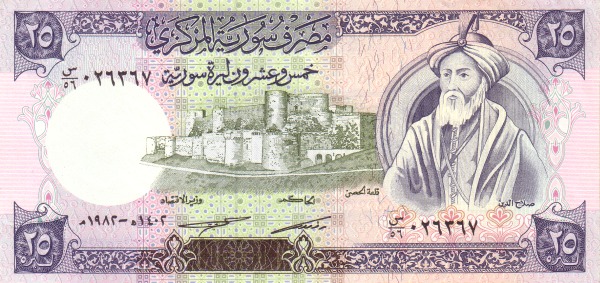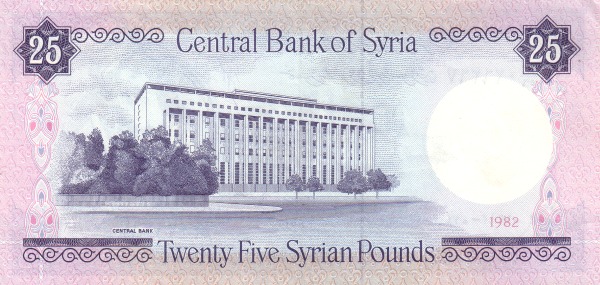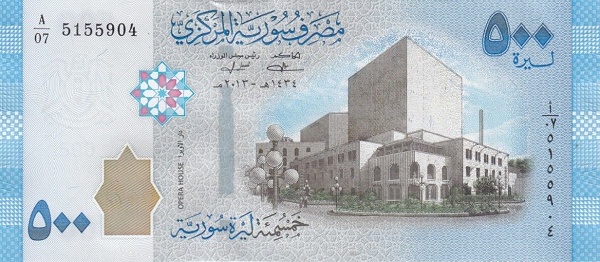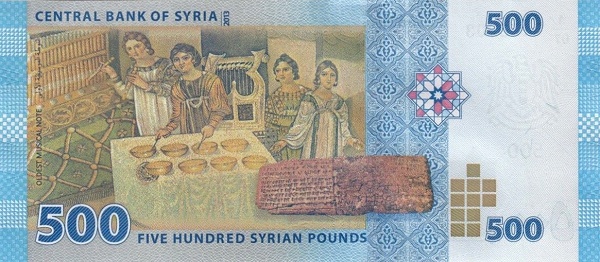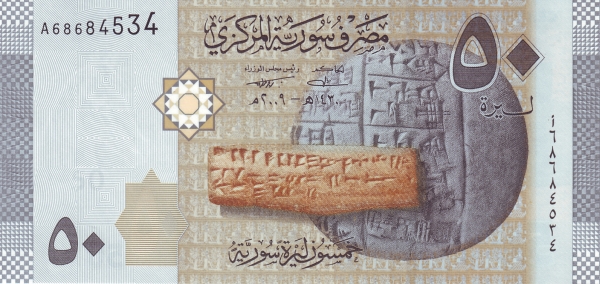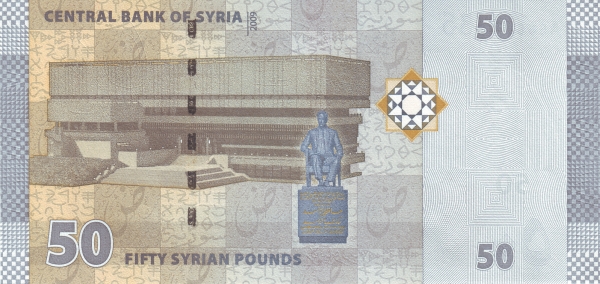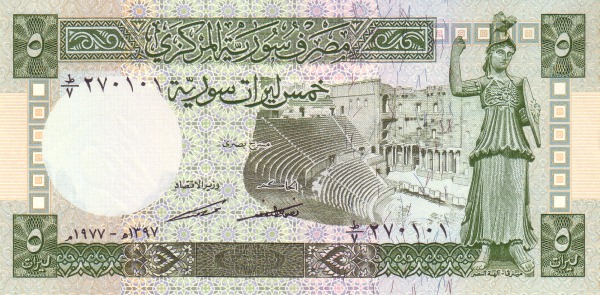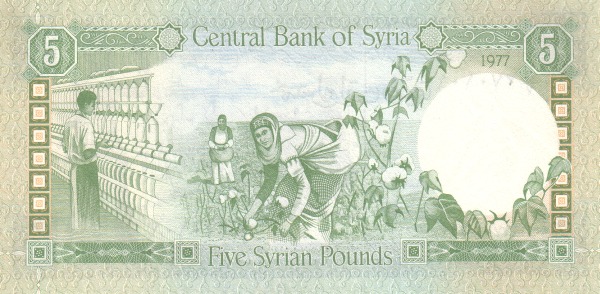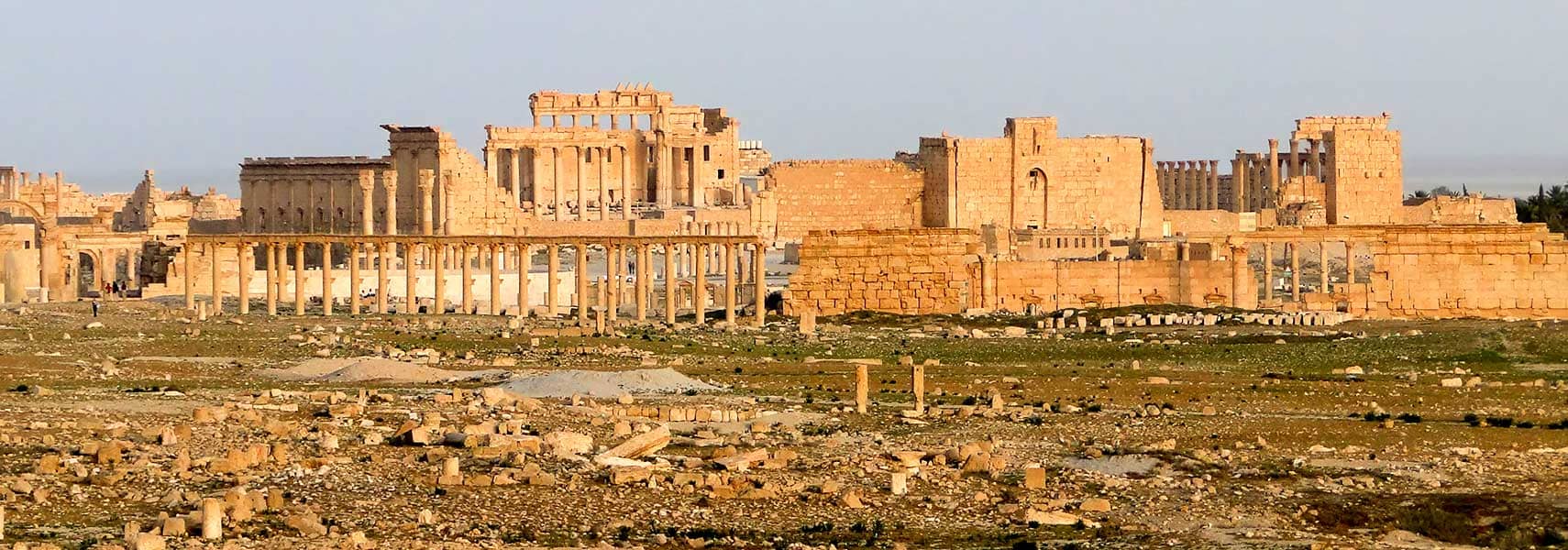Syria: A Country Rich in History and Diversity
Syria (سورية) stands as a remarkable nation nestled in the heart of the Middle East. Over the years, it has faced profound changes, particularly due to the ongoing civil war that has dramatically altered its landscape. Despite these challenges, understanding Syria remains crucial, as this country offers an intricate tapestry of culture, history, and natural beauty.
A Glimpse at Syria's Geography
Geographically, Syria features a diverse terrain. It boasts a stunning coastline along the eastern Mediterranean Sea, with borders extending to Iraq, Israel, Jordan, Lebanon, and Turkey. Additionally, maritime borders with Cyprus enhance its strategic significance. Covering an area of 185,180 km², Syria is notably larger than Portugal, yet it is comparable in size to the U.S. state of North Dakota. This geographic diversity encompasses a narrow coastal plain and encompasses a double mountain belt in the west. At the same time, the eastern region transitions into a vast, semiarid desert plateau.
Climate Conditions in Syria
The climate across Syria varies significantly depending on the region. Generally, the country experiences a predominantly desert climate. Thus, visitors can expect hot, dry, and sunny summers from June to August, while the winters from December to February tend to be mild and rainy, particularly along the coastal areas. Such climate conditions impact agriculture and daily life, shaping the culture and lifestyle of the Syrian populace significantly.
Demographics and Ethnic Composition
Syria is home to a diverse population of approximately 24 million residents. The capital city, Damascus, has served as a cultural and political hub for centuries. Arabic serves as the official language, while English and French are also widely spoken, alongside several ethnic tongues, including Kurdish, Armenian, and Aramaic. The social fabric of Syria is rich, comprising ethnic groups such as Kurds, Armenians, Assyrians, Christians, and Druze. Within this mix, the majority adhere to Islam, with Arab Sunni Muslims making up about 74%, while Alawite Shia Muslims account for around 12% of the population. This blend of beliefs influences the nation’s cultural practices and traditions.
Political Landscape
The governance structure of Syria, a republic, has remained under the control of the Arab Socialist Ba'ath Party since March 1963. The Assad family has held power for over 45 years, with Hafez al-Assad laying the groundwork to fortify loyalty to his regime. His strategy involved appointing Alawites to key security and governmental roles. Furthermore, the Assad family enjoys longstanding relationships with Russia, initiated by Hafez al-Assad’s alliance with the Soviet Union. This relationship has profound implications for Syria's political alignments and international stance.
Economic Features of Syria
Economically, Syria is characterized by its rich natural resources. The country possesses substantial reserves of petroleum, phosphates, and various ores, including chrome and manganese. Other resources, such as asphalt, iron ore, rock salt, marble, and gypsum, contribute to Syria's economic fabric. Moreover, hydropower presents opportunities for sustainable energy production. Although the economy has faced challenges due to the conflict, industries such as petroleum, textiles, food processing, and beverage production have historically contributed significantly to its GDP.
Agriculture in Syria
Agriculture holds a vital place in Syria's economy. The fertile regions enable the cultivation of various crops, including wheat, barley, cotton, lentils, chickpeas, and olives. Livestock farming contributes to the agricultural landscape, with beef, mutton, eggs, poultry, and dairy products forming essential components of the diet. The agricultural practices showcase the resilience of the Syrian people, who have traditionally adapted to the climatic conditions of the region.
Challenges and Resilience
Despite the adversities stemming from the ongoing conflict, the spirit and resilience of the Syrian people continue to shine. They embody a unique blend of history and culture, deeply rooted in their heritage. As Syria navigates through turbulence, the hope for a calmer future persists. The nation’s rich history, combined with its diverse cultural heritage, remains a source of strength and identity for its inhabitants.
Conclusion: Understanding Syria Through Its Rich Heritage
In conclusion, Syria's complexity extends beyond the ongoing civil war. It encompasses a vibrant history, diverse cultures, and a rich geographical landscape. Recognizing the intricacies of Syria helps foster a deeper understanding of the country and its people. Thus, the world must not overlook the profound narratives that shape Syria, as they inspire hope for a better tomorrow.
Largest cities of: Syria
| City Name | Population | Year of foundation | |
| Damascus | 1,830,000 | circa 3000 B | |
| Damascus | 1,500,000 | circa 3000 B | |
| Aleppo | 2,000,000 | 3000 B | |
| Aleppo | 1,700,000 | 3000 B | |
| Homs | 800,000 | 3000 B |
Syria: Money
